Going gluten-free doesn’t mean giving up on grains altogether. Thankfully, there are several naturally gluten-free grains available for those who need to avoid gluten. These grains, such as oats, quinoa, rice, and millet, can be great alternatives to wheat-based products. Whether you have celiac disease, a wheat allergy, or gluten sensitivity, these grains offer a variety of options to diversify your diet while still staying gluten-free. Check out our guide to 7 Gluten-Free Grains And Ways To Use Them!
New to the gluten-free lifestyle? Check out our How To Go Gluten-Free For Beginners or Top Foods To Avoid On Gluten-Free Diet guide next!
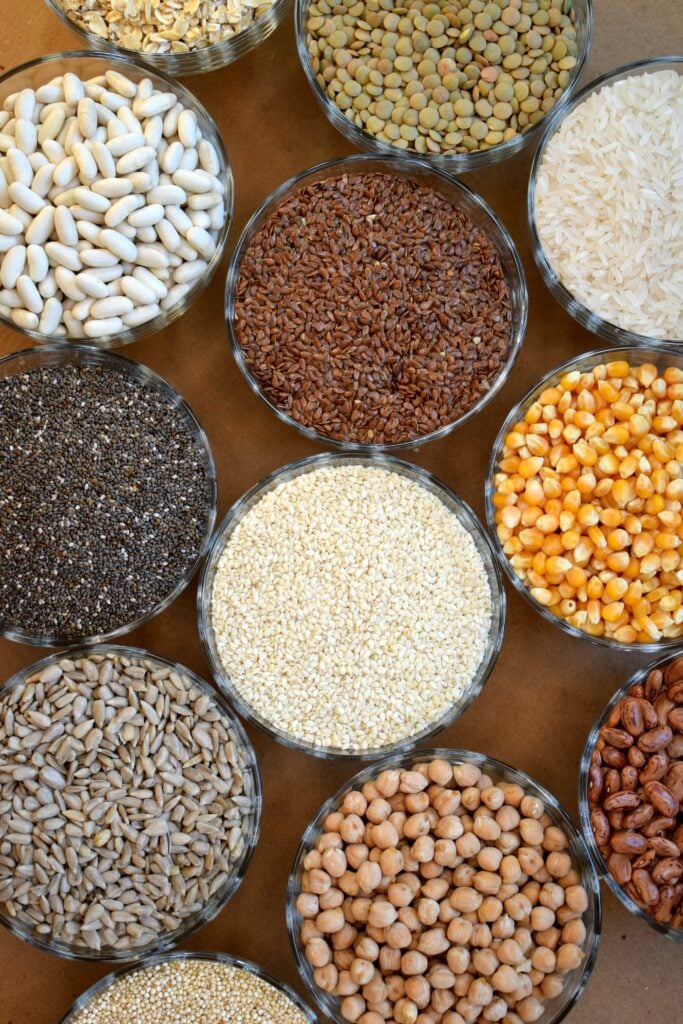
There are many reasons that people consider adopting a gluten-free diet. One primary reason is to manage celiac disease, an autoimmune disorder triggered by the ingestion of gluten. For those with celiac disease, consuming gluten can damage the lining of the small intestine, leading to digestive issues, malabsorption of nutrients, and other health complications. Others may have non-celiac gluten sensitivity, experiencing similar symptoms but without the characteristic intestinal damage.
Going gluten-free can alleviate these symptoms and improve overall well-being. Additionally, some people choose a gluten-free diet for personal preferences or as a lifestyle choice, believing it can promote weight loss, increase energy levels, or improve digestive health. It’s important to note that consulting a healthcare professional is advisable before making any significant dietary changes.
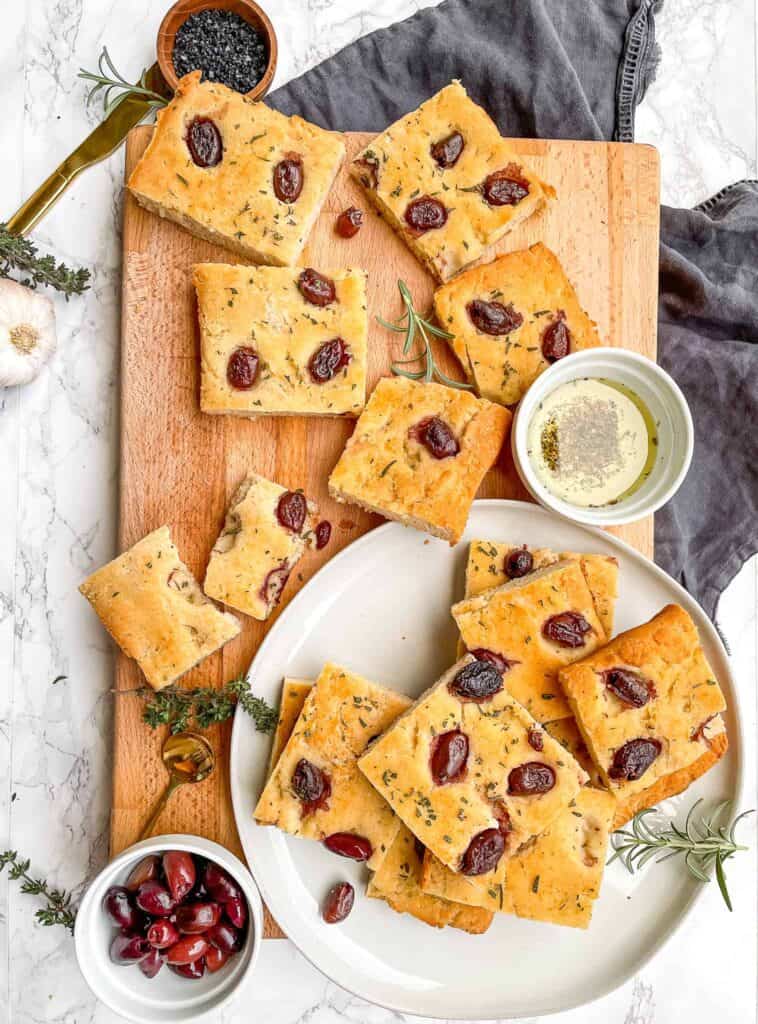
What Are Gluten-Free Grains?
Gluten-Free Grains are grains that do not contain the protein gluten. Many whole grains, such as quinoa and buckwheat, are naturally gluten-free. Here are nine gluten-free grains that are suitable for a gluten-free diet:
- Quinoa
- Rice
- Buckwheat
- Millet
- Oats
- Amaranth
- Corn
- Teff
- Sorghum
These are just a few of the many gluten-free grain options available. Keep reading to learn more about these grains and ways to incorporate them into your diet!
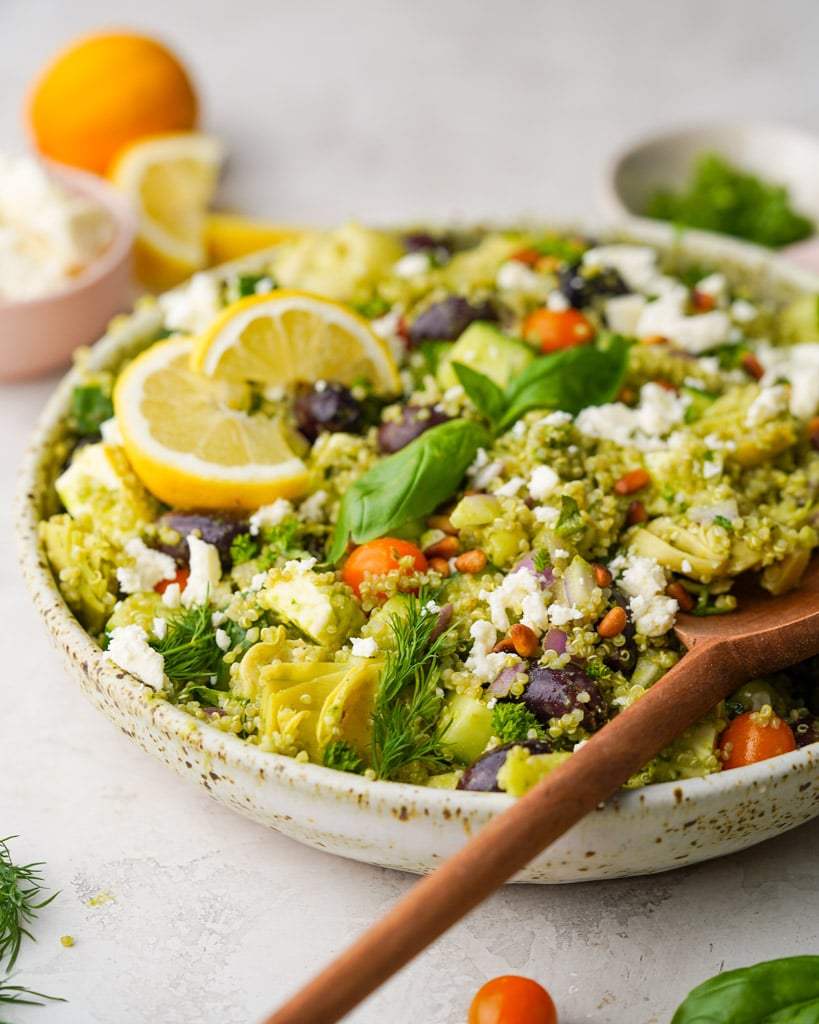
1. Quinoa
Many call it a pseudo-grain becomes of its close resemblance and culinary use as a cereal grain, but it is actually a seed. Quinoa is a nutrient powerhouse and is considered a superfood. Here a few of its many benefits:
- This extraordinary seed is a complete protein source, containing all nine essential amino acids, making it an excellent choice for vegetarians and vegans.
- Rich in fiber, quinoa supports healthy digestion and aids in weight management by promoting feelings of fullness.
- A great source of iron, magnesium, phosphorus, and manganese, which are essential for energy production, bone health, and overall well-being.
Quinoa is incredibly versatile and can be used in many ways! Here are a few of our favorites:
- Greek Quinoa Salad: This vibrant salad is perfect for any occasion! It’s a hearty salad loaded with quinoa, olives, artichokes, tomatoes, and basil, all tossed in a tangy lemon vinaigrette!
- Beet Quinoa Burger: Because quinoa is such a filling protein, it works perfectly as the base in these beet quinoa burgers. Not only are these burgers gluten-free, but they are vegan as well!
- Savory Quinoa Breakfast Bowl: Switch up your typical morning breakfast with a savory breakfast bowl. Using quinoa as the base will surely keep you satiated and full for hours. Get creative and add whatever toppings you like to your bowl!
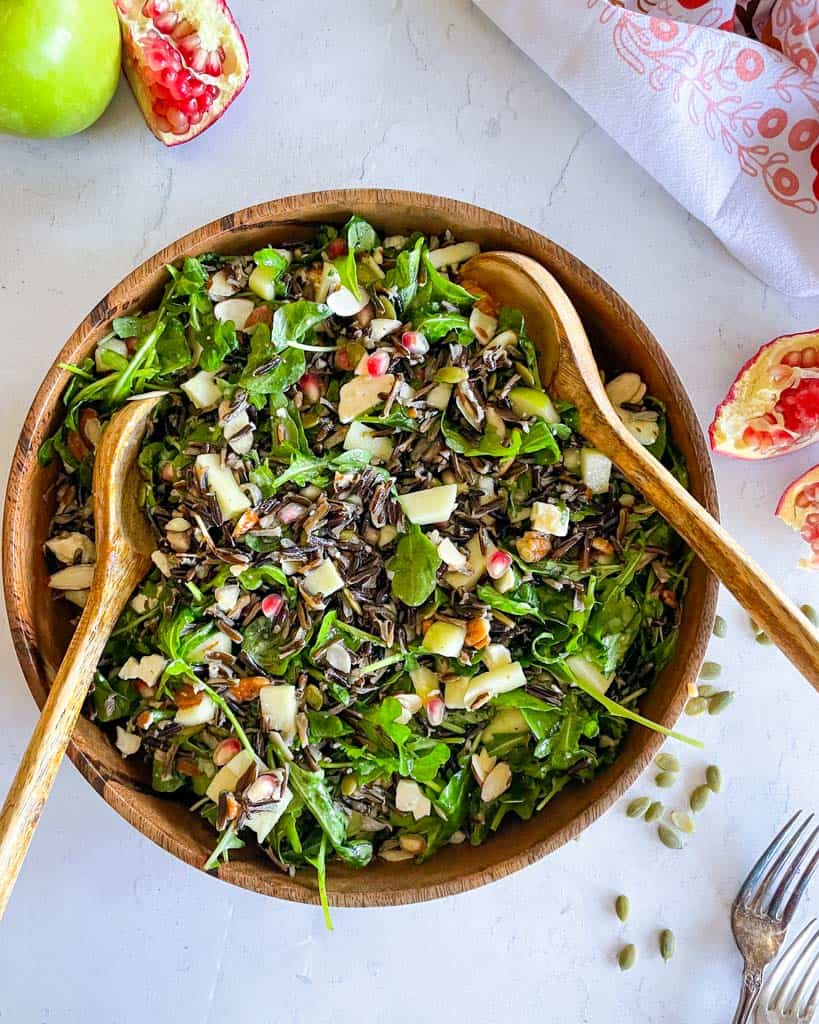
2. Rice
All rice in its natural form is naturally gluten-free. White rice, brown rice, wild rice, sushi rice, basmati rice, jasmine rice, and even the Thai varietal called “Glutinous Rice” are gluten-free! When purchasing rice, be sure to check the label for gluten-free as some rice may be processed in facilities containing wheat, which increases the likelihood of cross-contamination. Read the ingredients as well to make sure there are no gluten-containing ingredients such as sauces, spices, or fillers.
Rice is a staple in many diets and its uses are endless! Here are a few of our favorite ways to use rice:
- Wild Rice Salad With Pomegranate and Arugula: Wild rice is exceptionally high in antioxidants, protein, and fiber. Adding it to salad is a great way to bulk up a salad while providing essential nutrients.
- Coconut Lime Cilantro Rice: Jazz up your plain rice with creamy coconut, fresh lime, and cilantro. This rice is the perfect base for any bowl, like this Jerk Salmon Bowl, or as a side to any meal.
- Wild Rice Mushroom Soup: This luscious soup is vegan, gluten-free, and packed with nutrients. It’s a creamy soup perfect for the fall or winter weather.
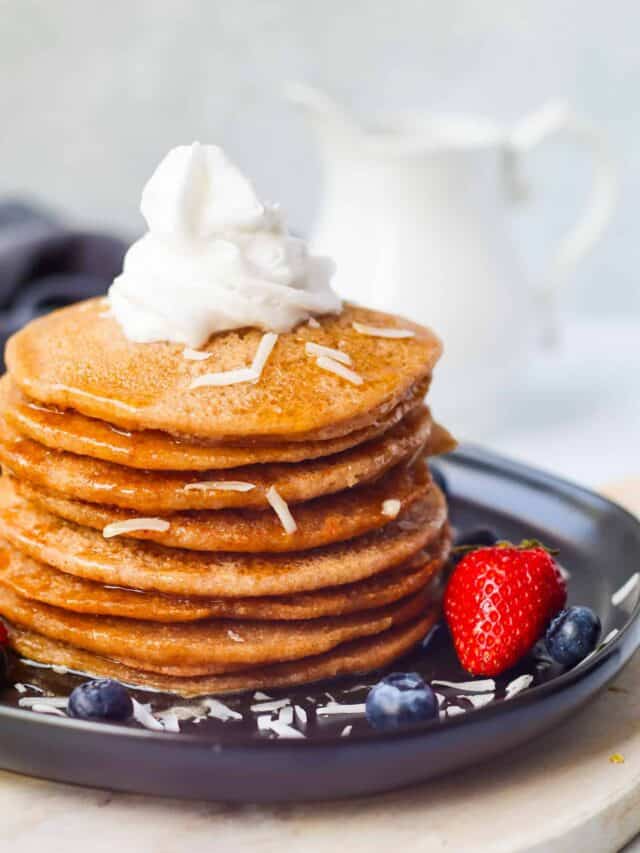
3. Buckwheat
Despite its name, buckwheat is not a type of wheat and is actually the seed of a flowering plant and is often classified as a grain due to its similar culinary uses. Buckwheat can be ground into flour and used in baking, making pancakes, noodles (such as soba noodles), and other dishes.
Buckwheat is a rich source of nutrients, including fiber, protein, vitamins (B-complex vitamins), and minerals (such as manganese, magnesium, and copper). It is also known for its high concentration of antioxidants, specifically rutin, which may have beneficial effects on cardiovascular health.
Here are a couple of popular ways to use Buckwheat:
- Buckwheat Pancakes: You can grind buckwheat into a flour and use it just as your would regular flour. Try making these gluten-free buckwheat pancakes for a tasty, nutrient-dense breakfast.
- Buckwheat Crepes: You can make the best crepes with buckwheat flour. The texture of the crepes turns out perfect every time and they have a delicious nutty flavor from the buckwheat.
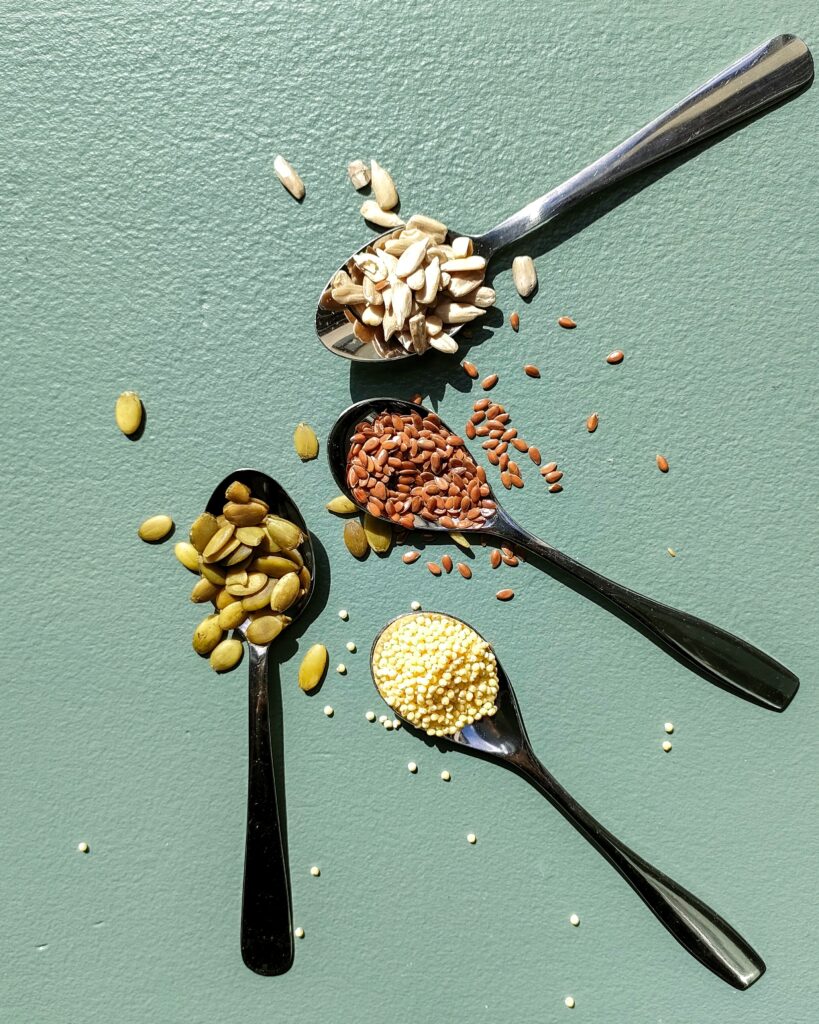
4. Millet
Millet is a small-seeded grain that belongs to the Poaceae grass family. It is one of the oldest cultivated grains and has been a staple in many parts of the world for centuries. Millet is highly versatile, gluten-free, and packed with essential nutrients.
Millet can be used in many dishes. It can be cooked and enjoyed as a side dish, used as a base for grain salads, or incorporated into soups, stews, and porridge. Millet flour can also be used as a gluten-free alternative in baking. Here is a list of 23 Millet Recipes That Are Healthy and Delicious!
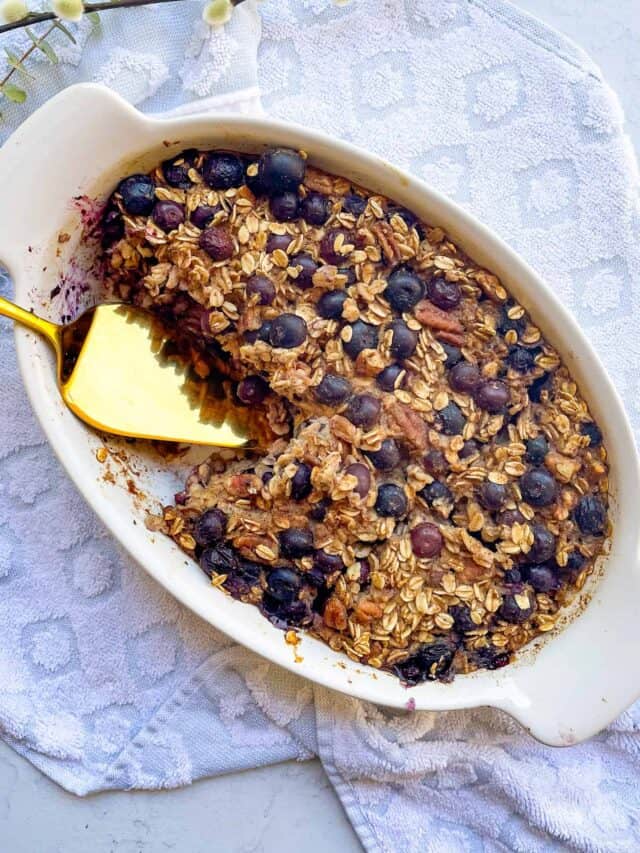
5. Oats
Pure, uncontaminated oats are naturally gluten-free, but make sure they are labeled as such to avoid cross-contamination. Oats, like many other grains, are incredibly versatile! You can grind oats to make oat flour and use it in baking. You can blend oats with water to make oat milk. You can boil them, bake them, saute them, or even them raw! Oats have endless uses and are perfect for making gluten-free foods, desserts, and treats! Not to mention, they are packed with nutrients:
- Oats are high in fiber, which helps alleviate constipation and improve digestion. They also help to keep you feeling full for longer, which can help with weight management.
- Contain unique antioxidants known as avenanthramides, which are not typically found in other grains. These special compounds have been shown to have anti-inflammatory properties and promote arterial relaxation, leading to improved heart health.
- High in vitamins and minerals such as manganese, biotin, and vitamin B1.
Ways To Use Oats
- Savory Oatmeal Bowl: Of course, you can add fruit and honey to your oatmeal bowl, but why not switch it up with a savory bowl instead? Try adding an egg on top with your favorite protein.
- Baked Oatmeal: Baked oatmeal is a great meal prep option. Simply throw all the ingredients into one bowl, bake, and you have breakfast ready for the week ahead!
- Pumpkin Muffins: You can blend oats to create flour to use for baking. These blender pumpkin muffins are easy. All you do is add all the ingredients to the blender to make the batter, then bake! It’s the perfect healthy treat.
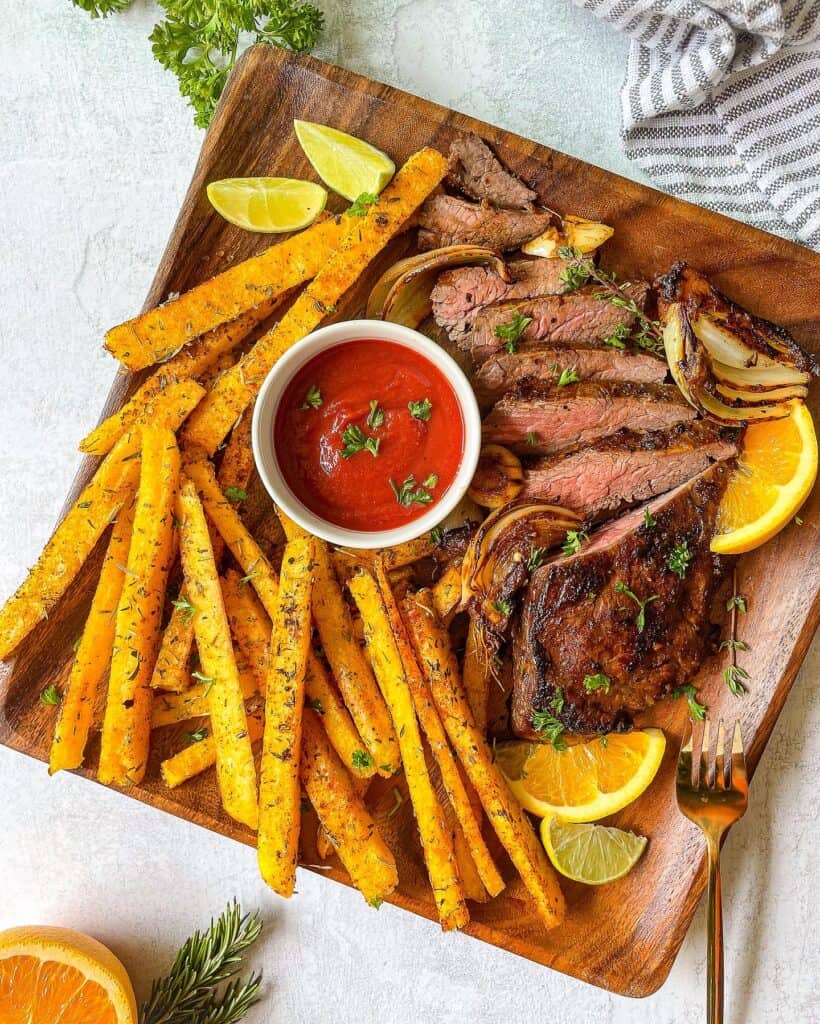
6. Amaranth
Amaranth is a pseudo-grain similar to quinoa. It contains all essential amino acids, making it a complete protein. It is also high in antioxidants, particularly tocotrienols and polyphenols, which have been linked to various health benefits, including reduced inflammation and improved immune function. It has a nutty, earthy flavor and can be used in a variety of dishes or ground and used as flour. Check out this list of 18 ways to use Amaranth!
7. Corn
According to the U.S. Department of Agriculture (USDA), corn is considered both a grain and a vegetable. Corn in its natural form is gluten-free! When purchasing cornmeal, corn flour, polenta, or any other ground corn product, be sure to read the label to ensure it is certified gluten-free and there is no cross-contamination during production.
Corn can be used in many ways, especially corn flour or cornmeal. It can be used to make tortillas, chips, crackers, and bread. Here are a few of our favorite ways to use corn:
- Cornbread: Using ground corn to make cornbread is a great option! Whether it’s regular cornbread with honey butter, sweet potato cornbread, or pumpkin cornbread, we’ve got you covered with our easy-to-follow recipes!
- Polenta with Cajun Shrimp: Polenta is a great substitute for grits! Enjoy a big bowl of polenta with cajun shrimp or salmon at your next brunch!
- Polenta Fries: Speaking of polenta, you can also use it to make crispy, flavorful fries. Slice the polenta into fry-like shapes and bake until golden brown. Make loaded polenta fries by topping them with your favorite protein and toppings!
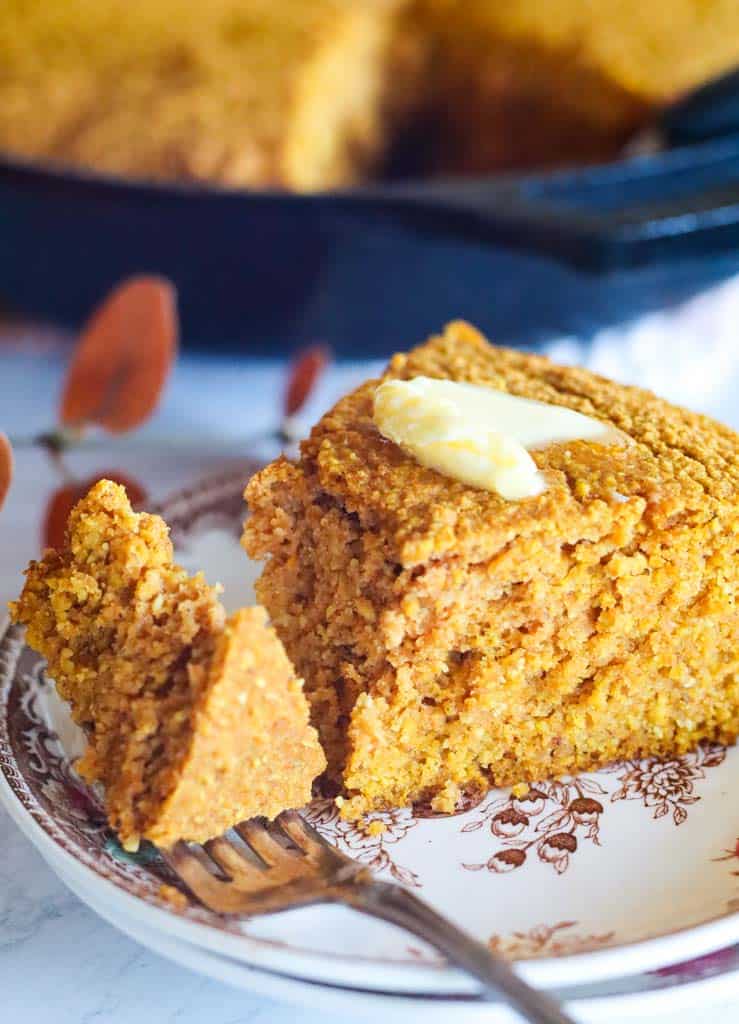
FAQS
Are Whole Grain Oats Gluten-Free?
Absolutely! Pure and uncontaminated oats are indeed considered gluten-free. According to the gluten-free labeling regulations of the U.S. Food and Drug Administration (FDA), oats are classified as a gluten-free grain. However, it’s important to note that products containing oats must meet the requirement of containing less than 20 parts per million of gluten to be labeled as gluten-free.
What Is The Difference Between Gluten-free and Grain-free?
Gluten-free refers specifically to the exclusion of gluten, a protein found in wheat, barley, and rye, from the diet. A gluten-free diet focuses on avoiding gluten-containing grains, a grain-free diet takes it a step further and eliminates all grains, including both gluten-containing and gluten-free varieties.
What are foods with gluten to avoid?
Wheat, pasta, barley, rye, cereal, bread, beer, durum, crackers, bulger, and malt should generally be avoided if following a gluten-free diet.
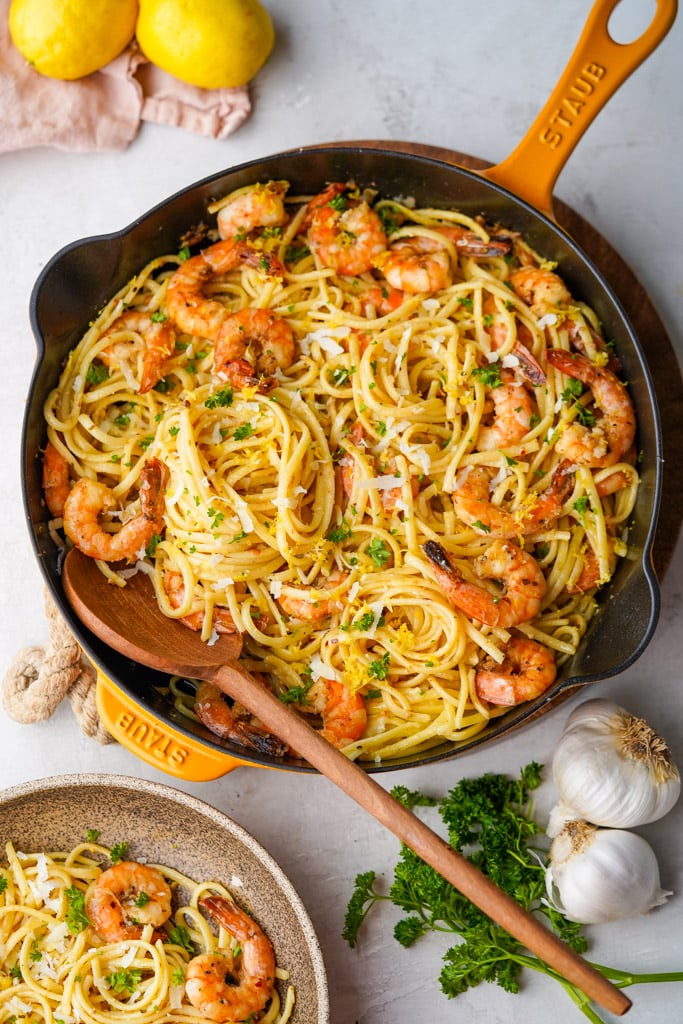
I Hope You Found This Gluten-Free Grains Guide Helpful!
If you try any of the recipes, don’t forget to rate the recipe and let me know what you think in the comments. What are your favorite gluten-free grains? Leave a quick review & star rating ★ below! Take pictures, tag #goodfoodbaddie, and share them with me on Instagram, Facebook, and Pinterest!
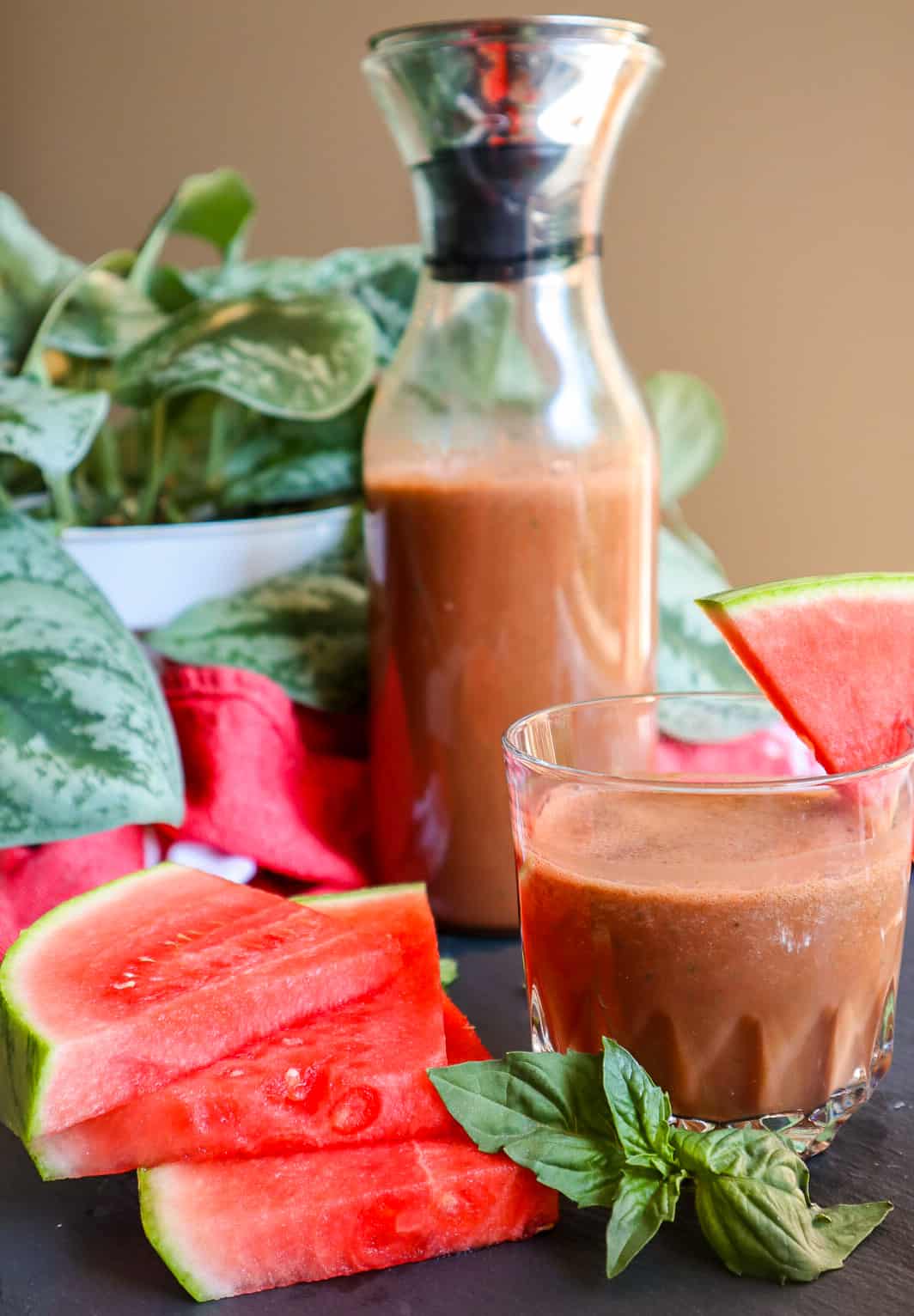
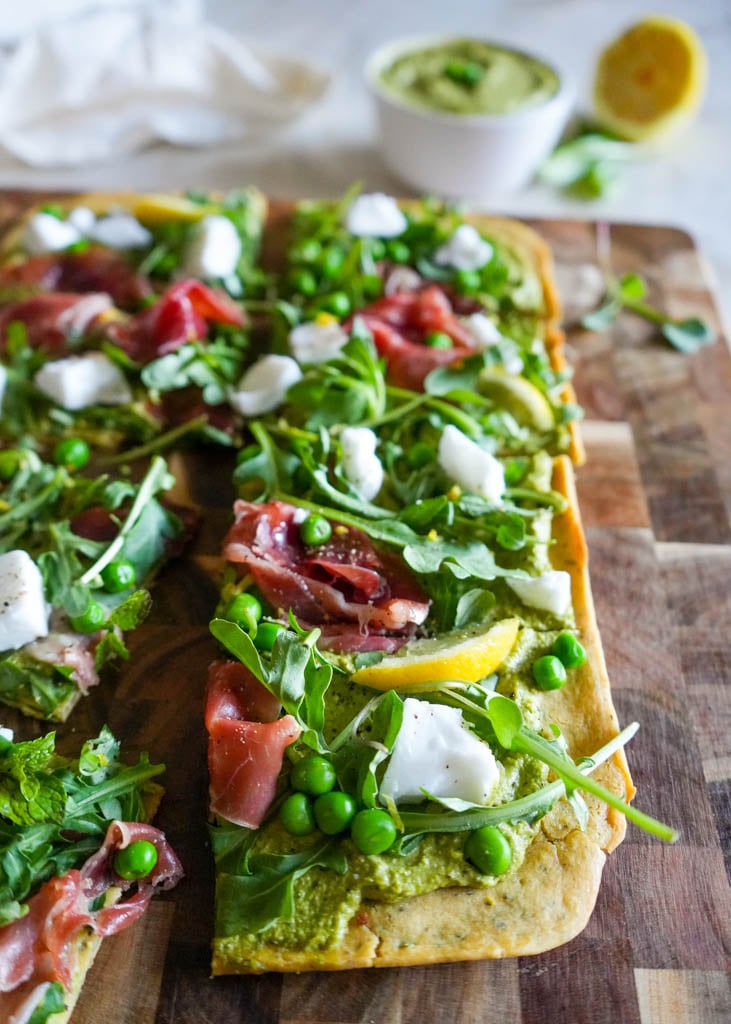
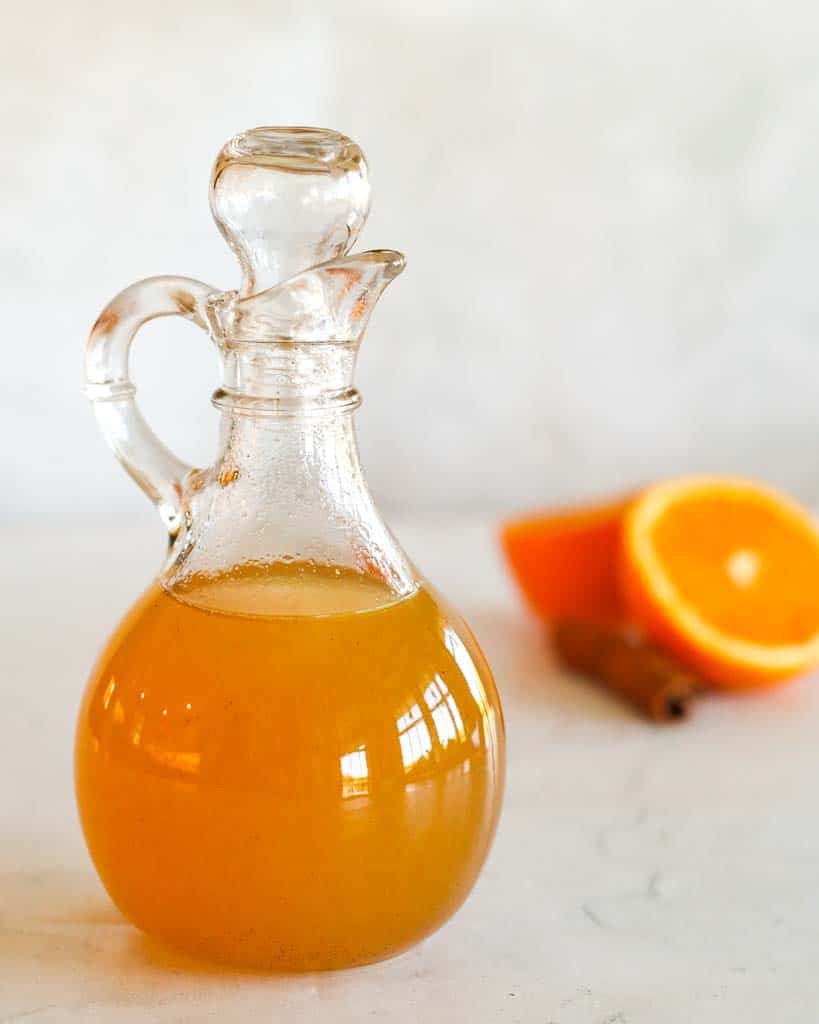
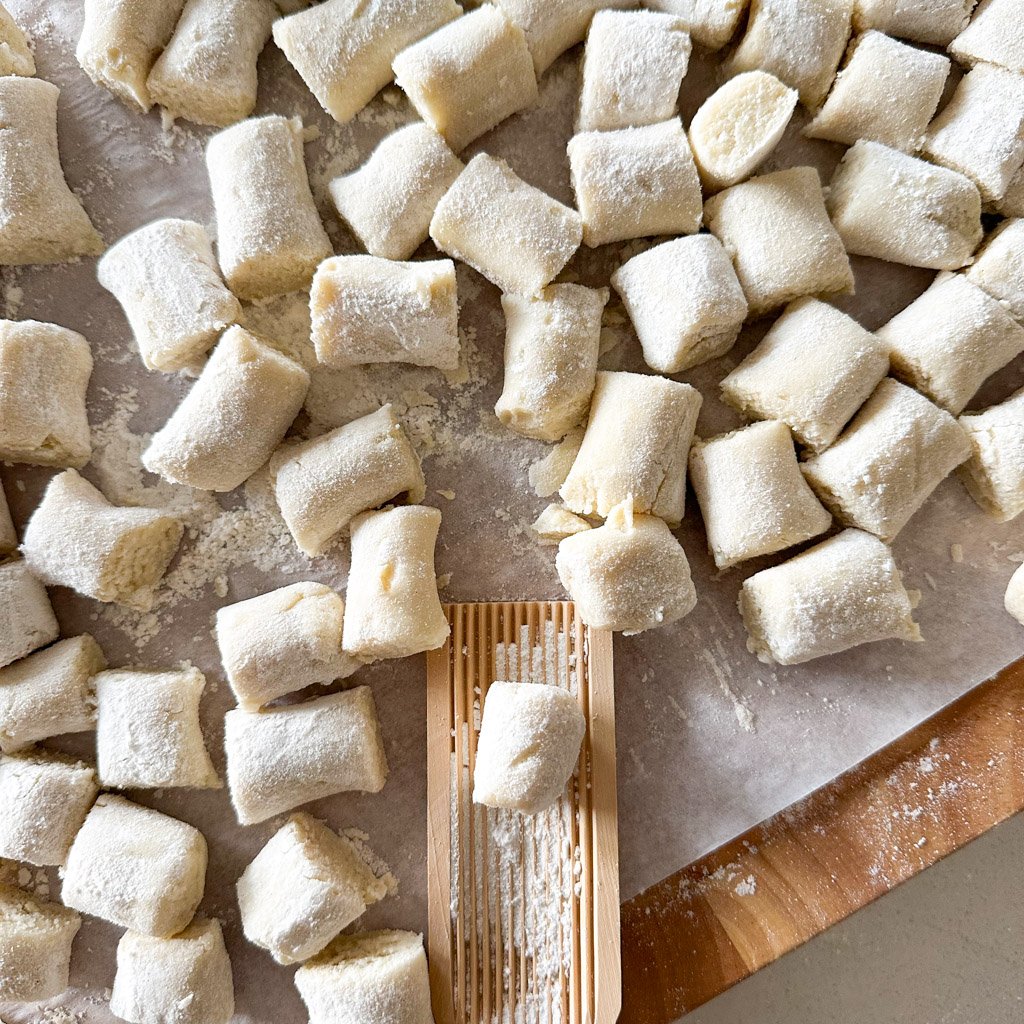
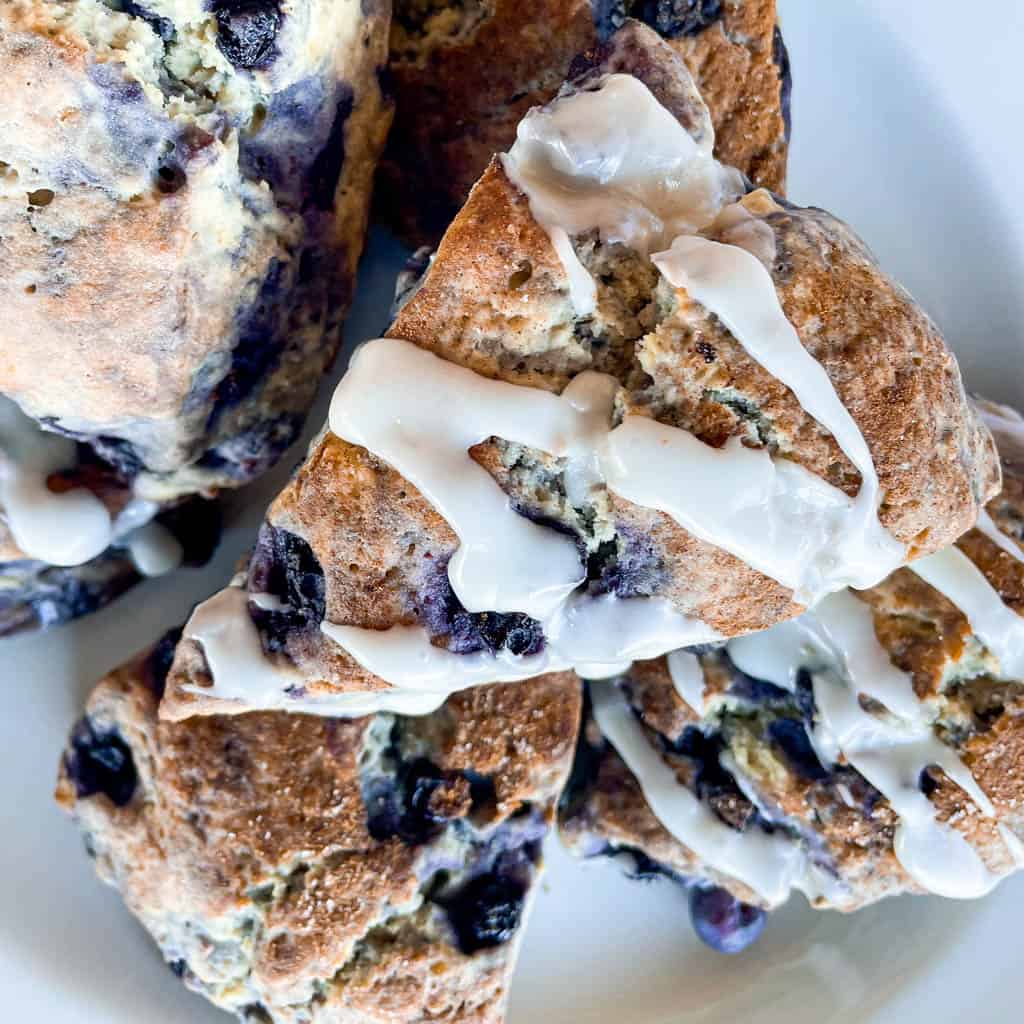
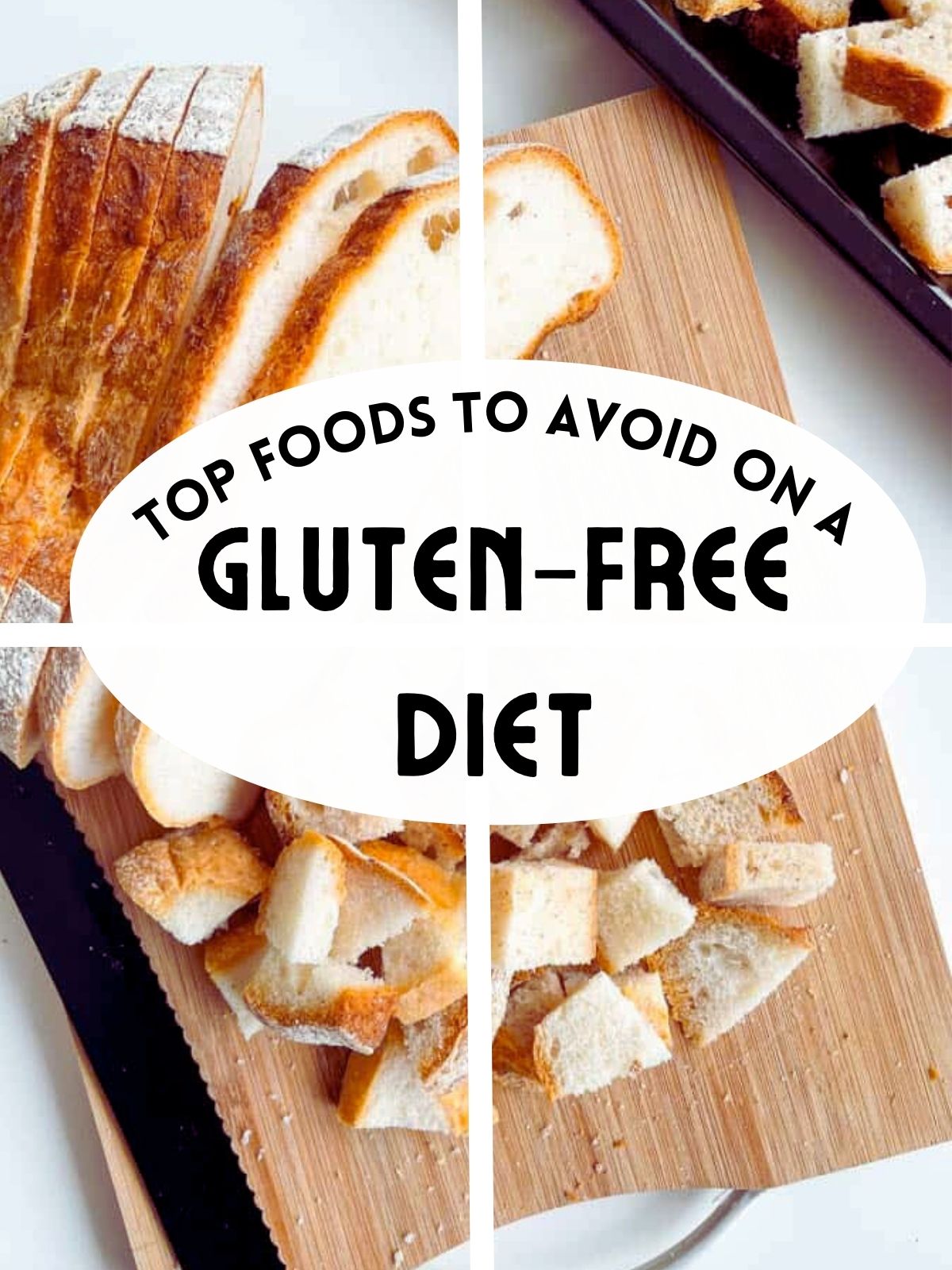
3 Comments